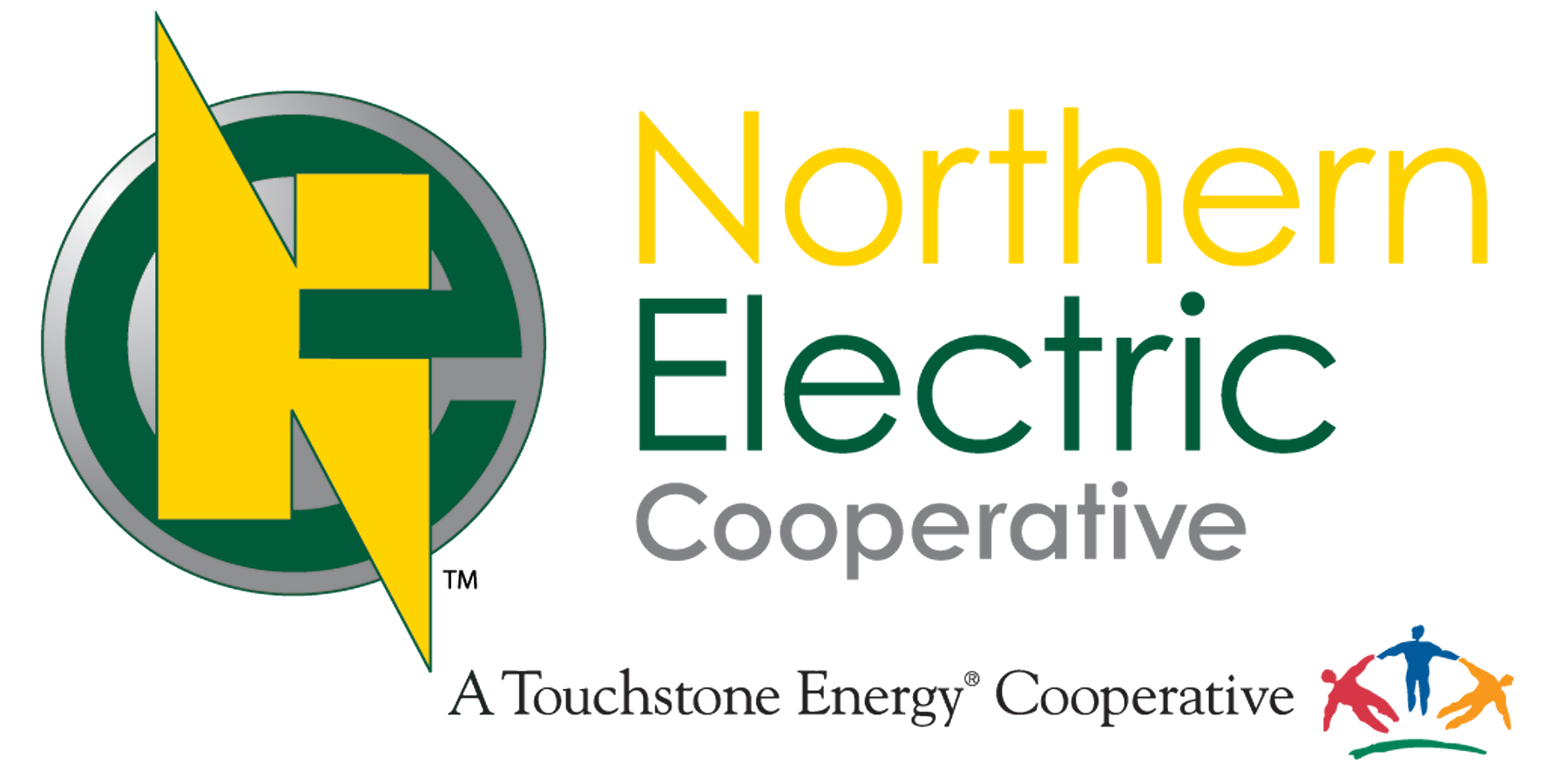Every June, Northern Electric Cooperative takes members on a tour of the generation resources that provide you with power every day. Due to the ongoing concerns surrounding COVID-19 that tour has unfortunately been canceled for 2020.
The trip to North Dakota, known as the VIP Tour, gives co-op members an up-close look at the power plants and resources that are used to generate electricity. As a cooperative, Northern Electric members own these resources simply by paying their monthly electric bill.
Since members will not get to take this tour in 2020, the information below explains the cooperative power supply network and how electricity gets to your home.
Three-Tiered Co-op Power Supply
Electricity takes a long journey from the time you flip on the switch to the time the light turns on in your bedroom. Electricity travels hundreds of miles – at the speed of light – every time you plug in your smartphone or turn on the TV.
So, where does the electricity used by Northern Electric Cooperative members come from? A three-tier system is used to get electricity from the power plant to your home in an instant.
Northern Electric Cooperative (Distribution Cooperative)
Northern Electric Cooperative is at the end of the line, operating like a retail store, selling directly to members at the end of the line. Northern Electric Cooperative is known as a distribution cooperative and does not generate the electricity that is used in the local service territory. Northern Electric is responsible for building and maintaining distribution power lines and connecting them to homes, farms, and businesses.
Northern Electric receives electricity from its wholesale power provider East River Electric Power Cooperative in Madison, South Dakota.
East River Electric Power Cooperative (Generation & Transmission Cooperative)
East River Electric was formed in 1949 to build high-voltage transmission lines and deliver electricity from power-generation sources to distribution cooperatives like Northern Electric. East River serves as the wholesale power provider to 25 member systems through its network of more than 200 substations located throughout eastern South Dakota and western Minnesota. Distribution substations are like the delivery point for electricity and Northern Electric builds its lines from local substations to farms, homes, and businesses. There are 17 East River substations in the Northern Electric service territory.
East River gets its electricity from two different sources; Basin Electric Power Cooperative in North Dakota and the Western Area Power Administration (WAPA). WAPA administers the electricity generated by federal hydroelectric dams, including the dams on the Missouri River. Hydropower was one of the original sources of electricity allocated to rural electric cooperatives by the federal government in the 1950s.
Basin Electric Power Cooperative (Generation & Transmission Cooperative)
The demand for electricity in rural areas outgrew the production of the federal hydropower dams quickly so generation and transmission – or G&T – cooperatives were formed. Basin Electric Power Cooperative is a G&T that was formed in North Dakota in 1960 when East River and ten other power supply systems created Basin to build power plants that would supply electricity to the Great Plains. Basin Electric is like a factory in that it operates natural gas and coal-fired power plants and wind farms to generate the electricity that is used by its member co-ops. Today, Basin Electric generates power for 141 member systems in nine states that serve more than three million electric co-op members.
